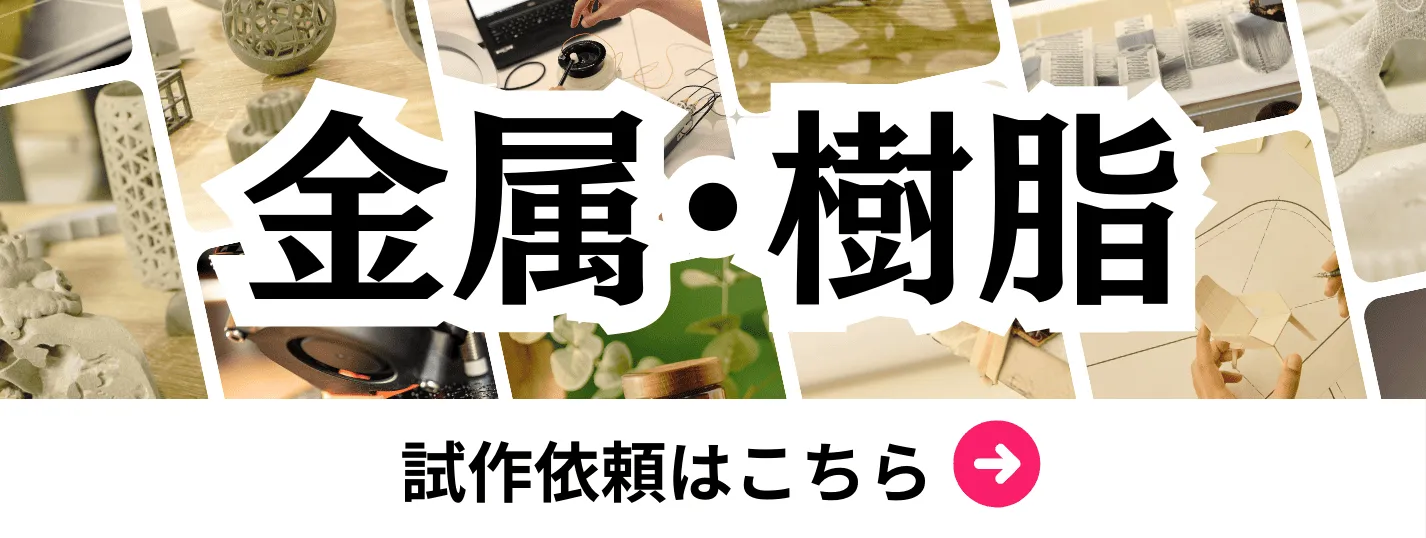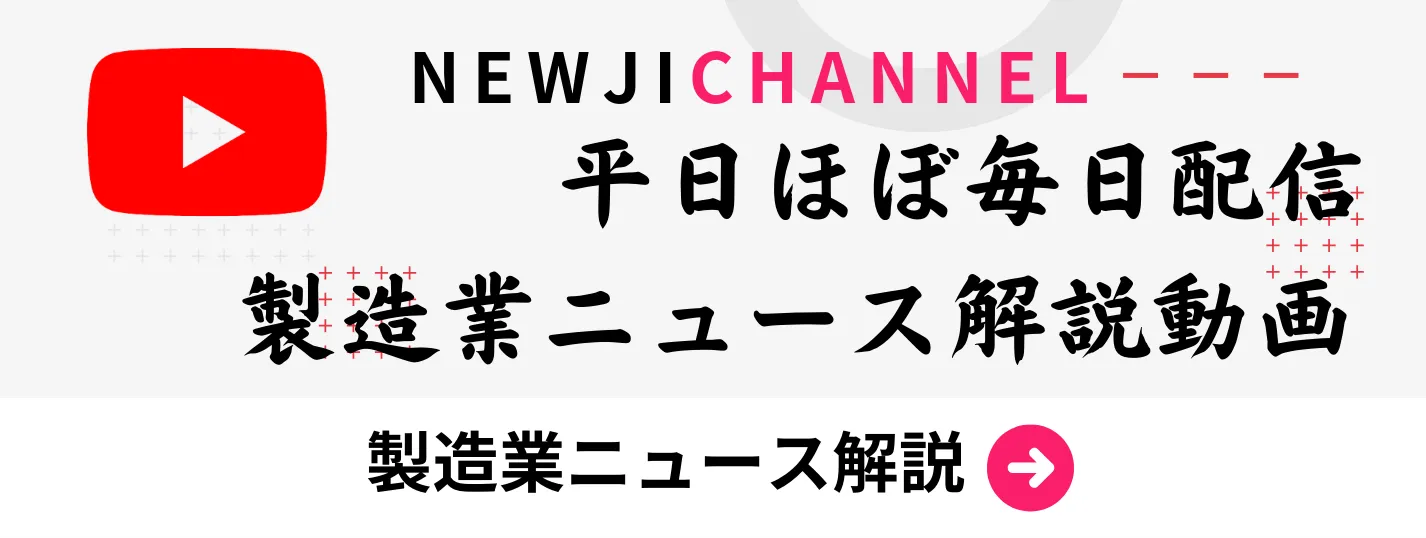- お役立ち記事
- Fundamentals of the Taguchi method and key points for improving design and development efficiency through effective use of SN ratios and orthogonal arrays
月間76,176名の
製造業ご担当者様が閲覧しています*
*2025年3月31日現在のGoogle Analyticsのデータより

Fundamentals of the Taguchi method and key points for improving design and development efficiency through effective use of SN ratios and orthogonal arrays

目次
Understanding the Taguchi Method
Dr. Genichi Taguchi, a renowned Japanese engineer and statistician, developed the Taguchi Method to improve the quality and efficiency of design and manufacturing processes.
This method focuses on systematic experimentation and optimization to enhance product performance while minimizing variations.
An integral part of robust design, the Taguchi Method aims to improve the quality of products by making them less sensitive to variations in production and environment.
The Taguchi Method is distinct from traditional approaches in that it emphasizes the importance of understanding and controlling variation rather than merely complying with specifications.
Through this approach, companies can achieve consistent quality and performance, leading to cost savings and increased customer satisfaction.
Key Principles of the Taguchi Method
The Taguchi Method stands on the foundation of specific principles that guide its implementation and effectiveness in improving product design and development efficiency.
1. **Quality Loss Function**: Instead of focusing solely on meeting specifications, the Taguchi Method evaluates the loss in quality experienced by customers due to deviations from target values.
Businesses thus aim to reduce this quality loss by designing products that maintain their performance even under varied conditions.
2. **Signal-to-Noise Ratio**: The Signal-to-Noise (SN) ratio is a key performance measure in the Taguchi Method.
It gauges the robustness of a design, quantifying the desired signal’s strength against the background noise of variability.
Higher SN ratios indicate more robust designs that are less affected by fluctuations in manufacturing and environmental conditions.
3. **Orthogonal Arrays**: Taguchi introduced the use of orthogonal arrays to efficiently plan and conduct experiments.
These arrays allow for the simultaneous assessment of multiple factors and their interactions, reducing the number of experiments needed.
Benefits of the Taguchi Method
The application of the Taguchi Method provides several key benefits that lead to improved design and development efficiency.
Reduced Costs and Resource Utilization
By focusing on robust design, the Taguchi Method reduces the need for continuous adjustments in manufacturing processes.
This both lowers operational costs and minimizes resource usage, leading to more sustainable production practices.
Enhanced Product Performance
Products designed using the Taguchi Method typically exhibit higher performance consistency due to their resistance to variation.
This results in fewer defects, lower return rates, and higher customer satisfaction.
Shortened Development Times
The use of orthogonal arrays in the Taguchi Method streamlines experimentation, allowing for quicker identification of optimal design parameters.
This leads to faster iterations and reduced development timelines.
Implementing SN Ratios and Orthogonal Arrays
Effectively employing SN ratios and orthogonal arrays involves a series of structured steps that ensure robust and optimized design processes.
Determining Relevant Factors
The initial step in implementing the Taguchi Method involves identifying the factors most likely to influence product quality and performance.
These factors should encompass materials, processes, and environmental conditions encountered during production and usage.
Establishing Levels for Each Factor
For meaningful experimentation, it is crucial to determine different levels (or settings) for each identified factor.
This range should encompass typical variations observed in real-world conditions and potential improvements.
Utilizing Orthogonal Arrays
With factors and levels established, orthogonal arrays come into play to guide experiment design.
These arrays systematically arrange experiments to assess all factors and their interactions efficiently.
This step minimizes experimental trials, reducing time and resource consumption.
Measuring and Analyzing SN Ratios
After conducting experiments, practitioners measure SN ratios for the outcomes.
These ratios help evaluate which factor levels contribute to minimizing variation while optimizing desired performance.
The goal is to achieve a high SN ratio, indicating a robust design.
Challenges and Considerations
While the Taguchi Method offers robust advantages, its implementation is not without challenges and considerations.
Correct Identification of Factors
Incomplete or inaccurate identification of key contributing factors can hinder the effectiveness of Taguchi Method experiments.
Careful assessments through brainstorming, expert consultations, and historical data analyses are crucial to ensuring pertinent factors are tested.
Complex Interactions Between Factors
While orthogonal arrays simplify experimentation, they still might not capture all complex interactions satisfactorily.
Understanding higher-order and nonlinear interactions may require additional methods and analyses beyond Taguchi’s framework.
Balancing Rigidity and Flexibility
It is essential to maintain a balance between adhering to the structured approach of the Taguchi Method and allowing flexibility for adjustments based on experimental findings and new information.
Adaptability can optimize results and enhance innovation.
Conclusion
The Taguchi Method is a powerful tool for improving design and development efficiency in various industries.
By focusing on minimizing variations and optimizing product performance, the method leads to more consistent quality and reduced costs.
Through effective use of SN ratios and orthogonal arrays, engineers and designers can make well-informed decisions that enhance product robustness and shorten development times.
When implemented with consideration of potential challenges, the Taguchi Method can significantly contribute to an organization’s success in delivering high-quality products.
 資料ダウンロード
資料ダウンロード
QCD管理受発注クラウド「newji」は、受発注部門で必要なQCD管理全てを備えた、現場特化型兼クラウド型の今世紀最高の受発注管理システムとなります。
 ユーザー登録
ユーザー登録
受発注業務の効率化だけでなく、システムを導入することで、コスト削減や製品・資材のステータス可視化のほか、属人化していた受発注情報の共有化による内部不正防止や統制にも役立ちます。
 NEWJI DX
NEWJI DX
製造業に特化したデジタルトランスフォーメーション(DX)の実現を目指す請負開発型のコンサルティングサービスです。AI、iPaaS、および先端の技術を駆使して、製造プロセスの効率化、業務効率化、チームワーク強化、コスト削減、品質向上を実現します。このサービスは、製造業の課題を深く理解し、それに対する最適なデジタルソリューションを提供することで、企業が持続的な成長とイノベーションを達成できるようサポートします。
 製造業ニュース解説
製造業ニュース解説
製造業、主に購買・調達部門にお勤めの方々に向けた情報を配信しております。
新任の方やベテランの方、管理職を対象とした幅広いコンテンツをご用意しております。
 お問い合わせ
お問い合わせ
コストダウンが利益に直結する術だと理解していても、なかなか前に進めることができない状況。そんな時は、newjiのコストダウン自動化機能で大きく利益貢献しよう!
(β版非公開)









